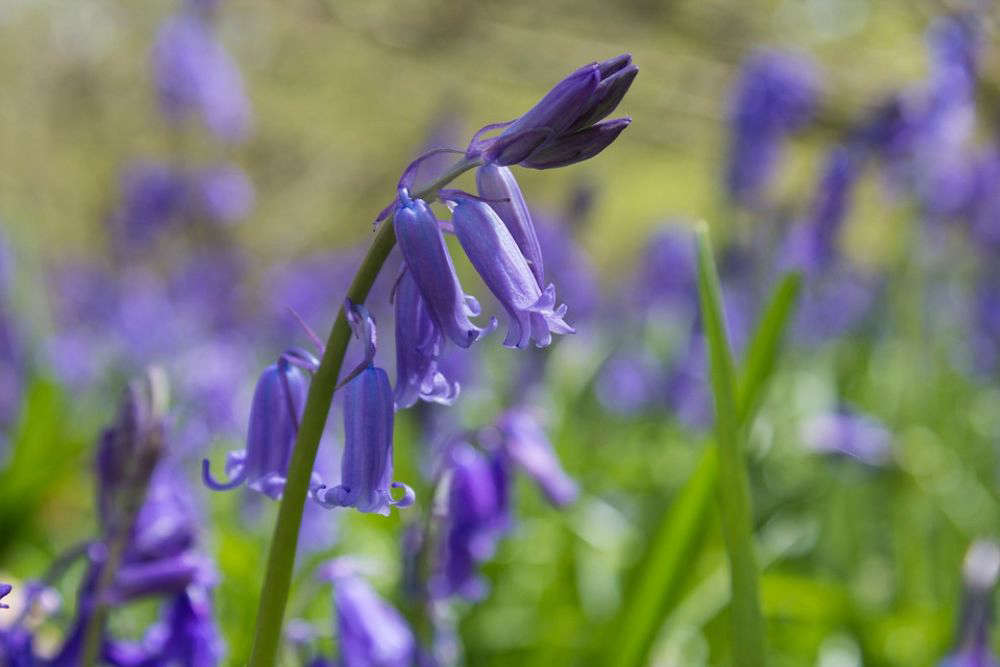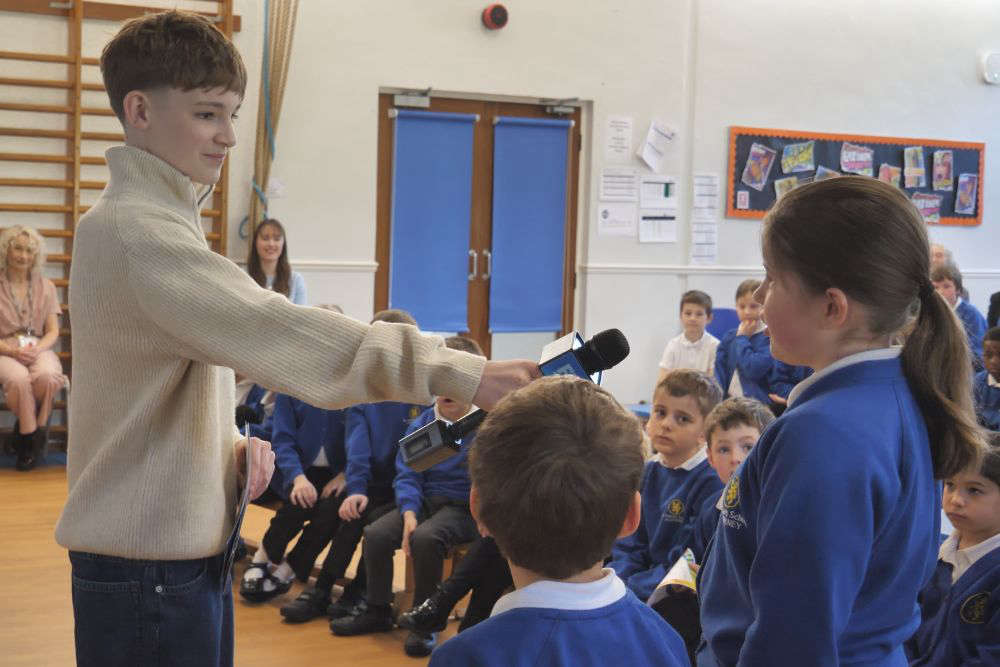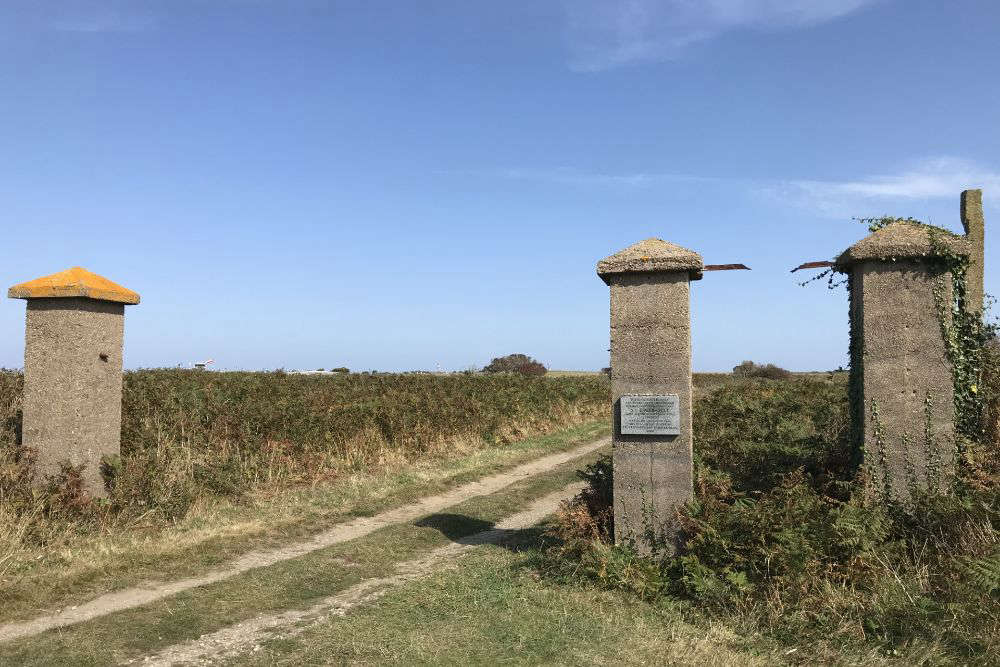
We're being asked to keep to the paths in Bluebell Wood to save the delicate flower, under threat from trampling and non-native species.
Many islanders enjoy and appreciated the stunning seasonal display in Bluebell Woods, but there is a risk of it being diminished.
Agriculture, Countryside and Land Management Services says the number of bluebells is declining.
Mainly, they are struggling against the dominant 'stinking onion' - the white flowered Allium triquetrum.
They come out earlier than the bluebells, getting a head start on the native plants.
ACLMS says the bluebell is also very sensitive to trampling and soil compaction - so any footsteps over the plant will damage new shoots and could prevent the bulbs from regenerating, affecting next year's flowering too.
The message is not to stray from the paths to take photos.
"This creates bare ground and introduces seed which accelerates the spread of the invasive Allium directly into new areas of bluebell so that in time these dominant groups of bluebells may well be lost." - ACLMS
Work is being done to make the paths obvious, and information signs are being put up.
Bluebell coverage is being measures and monitored.
"It one of those really special places in the island that people go to each spring to enjoy the bluebells.
It would be a shame if we had areas that were starting to not recover.
We have photos that go back 20 years and it used to be almost a pure blue floor of the woods What you see now is patches, so we are losing that really strong visual effect of the bluebells.
We are hopeful that small changes can make a big difference. This spring, visitors to the wood are being reminded what they can do to help protect the bluebells. So, we are asking people to stay on the designated path, keep dogs under control, and especially not to walk amongst the bluebells.” - Francis Russell, Invasive Non-Native Species Policy & Coordination Officer


 Jersey company keen to exploit CI wind potential
Jersey company keen to exploit CI wind potential
 Guernsey grab a point at the new home of island football
Guernsey grab a point at the new home of island football
 Alderney school joins global ocean programme
Alderney school joins global ocean programme
 Brittany Ferries takes control of Guernsey's sea links
Brittany Ferries takes control of Guernsey's sea links
 DFDS cancels first sailing to Jersey
DFDS cancels first sailing to Jersey
 Figure behind new evidence on slave labour deaths in Alderney to step down
Figure behind new evidence on slave labour deaths in Alderney to step down
 Senior Guernsey politician to step down after 13 years
Senior Guernsey politician to step down after 13 years
 Men's mental health club expands into St Peter Port
Men's mental health club expands into St Peter Port


